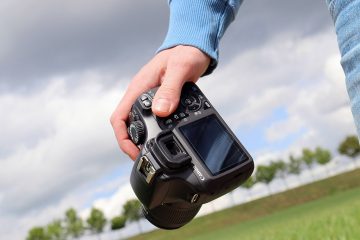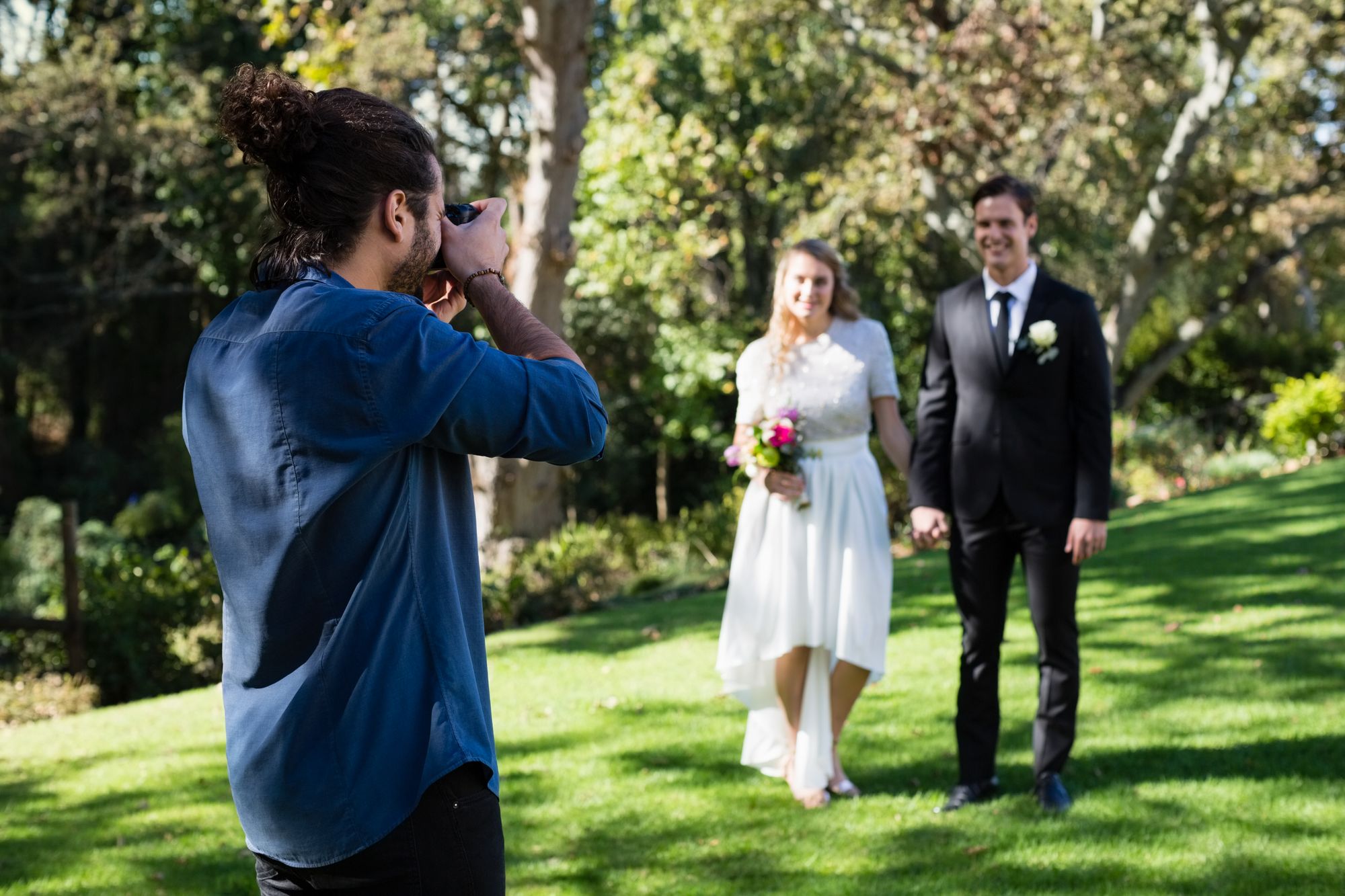Why Is It Hard To Expose Correctly For Sunsets

Exposure is the amount of light or dark in an image. If you see a beautiful scene and decide to photograph it, the sky or foreground may be too bright or too dark. This happens regardless of how much experience you have or what camera you use. The reason is simple: the sky is brighter than the ground. It will generally be about 2 stops brighter.

Your eye will focus on one aspect of a scene when you are looking at it. If you focus on the sky, detail will be visible and it will appear correct. However, if your eyes move down to see the ground, the same thing will occur. Your eyes will adjust so that you can clearly see what you are seeing. Cameras don’t work in this way. Cameras are trying to view the entire landscape simultaneously, so it can see both the ground and sky. Because the sky is brighter than it is, the camera cannot physically expose both.
Here is the problem. How can you solve it?
You need to balance the brightness of the scene with its darkness in order to get the right exposures for sunset photography. This is called the image’s “luminosity”. There is no single answer for this, so here are my tips.
Tip 1: Use graduated ND filters
Many photographers agree that taking a photo in camera is the best way to capture it. Graduating (grad) ND filters are one way to achieve this. Another way is to balance the scene’s exposure using the traditional method. An ND filter works in the same way as sunglasses to block light from entering your eyes. ND stands for Neutral Density, which means that it blocks light in a neutral manner without changing its colour. Grad ND filters darken the scene from the top to bottom. They are used to darken the sky.
Grad filters are used to darken the sky and not affect the foreground. The filter holder attaches to your lens’ front. These filters are available in different strengths depending on how bright the sky is. E.g. A 3 stop ND grad can be used for a very bright sky, while a 1 stop grad is suitable for a slightly darker sky. An ND hard grad filter is used to create scenes that have a hard horizon line. A seascape. Soft grad filters are graduated between light/dark and can be used to create scenes that have an uneven edge between ground and sky, e.g. A scene with trees. Grad ND filters are used to darken the sky and balance the exposure against the ground.
Tip 2: Take two photos and combine them
It is very easy to combine two images and it works well for sunset photography. You only need one image that is correctly exposed for ground and one that is correctly exposed for sky. In Photoshop (or another similar program), layer them with the bright sky on top, and then mask through the bright skies to reveal the darker sky beneath.
Tip 3: HDR Photography
HDR (High Dynamic range) is a technique that increases the colours and tones in an image. This is used to produce a wider dynamic range of colour and luminosity than standard imaging. It allows you to adjust the brightness and contrast of the image, so you can darken the sky or lighten the ground. A HDR image is created by merging three or more images from the same scene. Each image must be taken at the exact same location, but with different exposures. One must be underexposed, and one must be overexposed. The middle one should be exposed. You should expose one stop each side of the normal one, but it can go up to two stops. The images are then combined to create an HDR image, usually using Lightroom.
Tip 4: Shoot in Raw
Raw files contain the most information from a photograph. It’s equivalent to an old negative, if you have those! It offers a greater ‘Dynamic range’ than a Jpeg. Raw allows you to get more detail from the highlights and shadows in post-processing. It is important to remember that dynamic range increases with larger sensors. A full –frame camera, for example, will have more dynamic range than a crop sensor camera. Pro landscape photographers use full-frame cameras.






